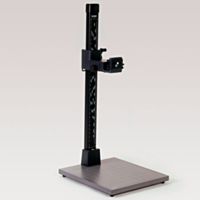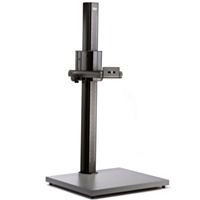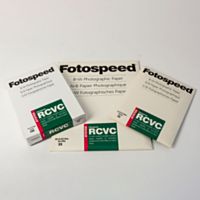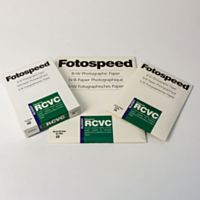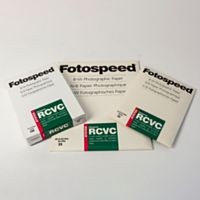Choosing the correct paper
-->
Choosing photo paper: how to know which one is right for your photograph
If you’re just starting out printing your photos, or have always stuck to the same kind of paper, choosing photo paper for your prints can be a big task. There are many things that photographers need to take into consideration when choosing photo paper. How do you know which paper is right for this photograph? How much should you spend? Which finish will look best? What else should you consider?
Practice makes perfect, and the same can be said for printing. Chances are, you’ll only know which paper is right for you and your photograph when it comes out of the printer. However, reflecting on the following things before making a purchase means that you’re less likely to spend time, effort, and money creating prints that you’re not happy with. So, when you’re choosing photo paper, make sure you ask yourself the following questions to increase the likelihood that your print comes out looking exactly as you imagined.
How will the finish affect my photograph’s colours and how it can be displayed?
You probably know that photo paper comes in many different finishes. Common finishes of course include matte and glossy, as well as varieties of ‘in-between’ finishes, such as semi-gloss, lustre, and pearl. When choosing photo paper, it’s worth considering how different finishes will affect the look and feel of your photos. For example, the colours in a glossy print are likely to appear more saturated than in a matte print. However, glossy photos reflect more light so there is a consideration to be made based on where and how the image will be displayed. For a more detailed explanation of how finishes can affect your images, check out this blog post.
Remember, every paper is different and every finish is different. Not all matte papers, for example, will affect your photo in the same way, so take the time to research and test what works best for you.
How does the paper finish affect the print finish and how my photo looks on the paper?
As mentioned, every finish is different. It’s probably worth, therefore, understanding how different coating types affect the finish and what qualities this will add (or detract) from your photograph. This way, when you’re looking at paper descriptions, you’ll have a clearer idea of what the paper’s finish might actually be like, and how the ink will take to the surface.
All papers begin as uncoated paper, and some papers will go on having no coating applied during manufacture. These papers will absorb more ink due to the fact that they are porous, and can give less definition.
Baryta is a popular finish, made of barium sulphate. Baryta is made to mimic the qualities of traditional darkroom papers, and offers greater definition and a larger tonal range than many other papers. Another incredibly popular choice is metallic coating, which offers a metallic sheen.
All of the Fotospeed Matt Fine Art papers use the latest coating technologies to ensure your image looks its best.
What is the paper made of, and how will this affect longevity?
The material of the paper refers to the substance that it is actually made up of. Two of the most common paper types are cotton rag, which is made of cotton linters, and alpha cellulose, which is made of wood fibres.
Cotton rag, sometimes called cotton fibre, is considered a high quality material, and prices can often reflect this. Cotton paper is often a wise choice due to the fact that it is durable and has strong archival qualities. It it also less likely to discolour, as it does not have the naturally occurring acids present in some alpha cellulose. This makes it ideal for gallery exhibitions.
Having said that, alpha cellulose still offers high quality prints, often at a more affordable price. Fotospeed papers that are 100% alpha-cellulose have been purified of acid and lignin (a constituent of the cell walls belonging to organic matter), which prevents yellowing.
Other options, such as canvas (a blend of polyester and cotton), are also popular. This is perhaps best recommended for lower quality photographs – for example, those going into photo books, rather than in exhibitions – and is well suited for at home, inkjet printing.
Is the weight and thickness appropriate for my needs?
Weight and thickness are closely tied to a paper’s feel, as well as its quality. Generally speaking, the thicker the paper, the better for printing and display, as it is more durable. However, you should be careful to ensure that your printer is capable of taking paper of a certain thickness. Weight is measured in grams per square meter (gsm), and thickness in mils (thousands of an inch). When choosing photo paper for displaying, selling, or exhibiting your photographs, we’d suggest you opt for a thicker, less rigid option.
If you’re looking for a paper that works for you, why not try Fotospeed’s test packs, or get in touch to talk to our experts?
If you would like to stay on top of all the latest information from Fotospeed don't forget to sign up to our Newsletter.


